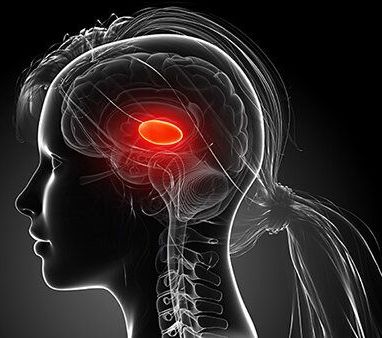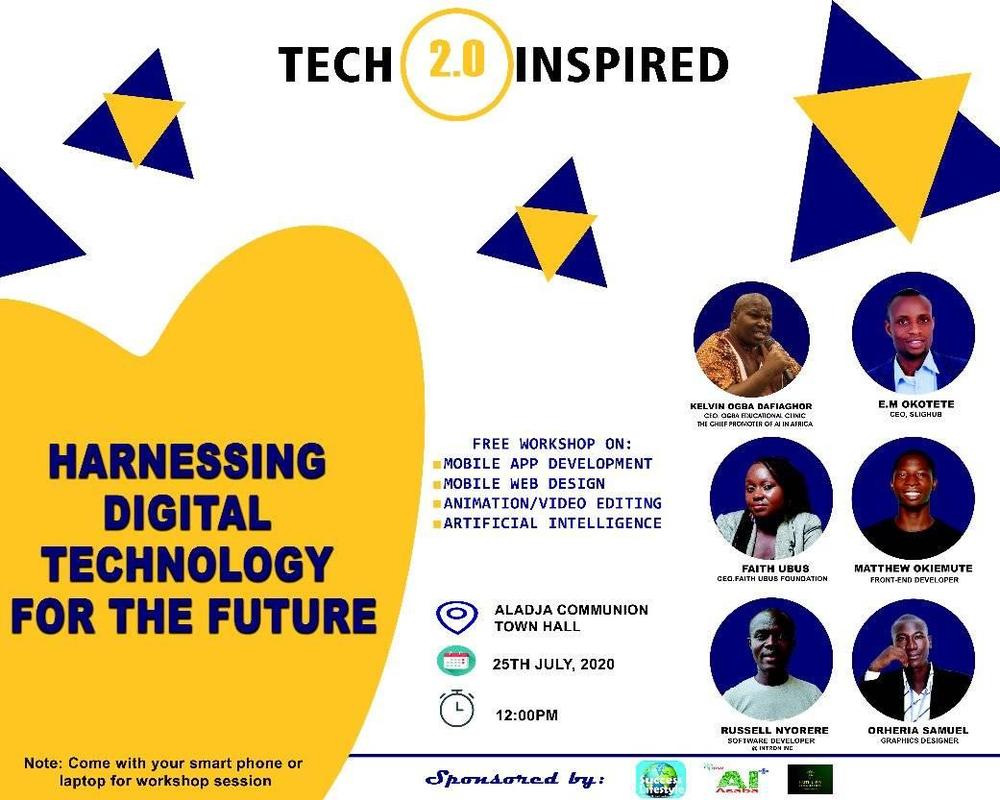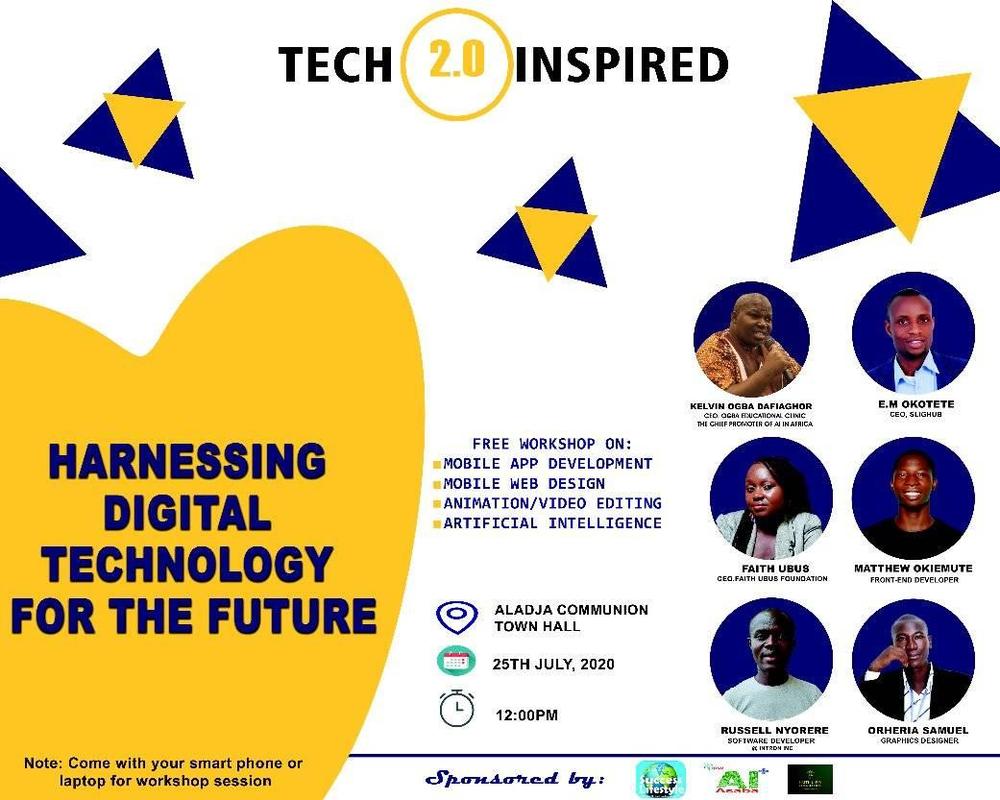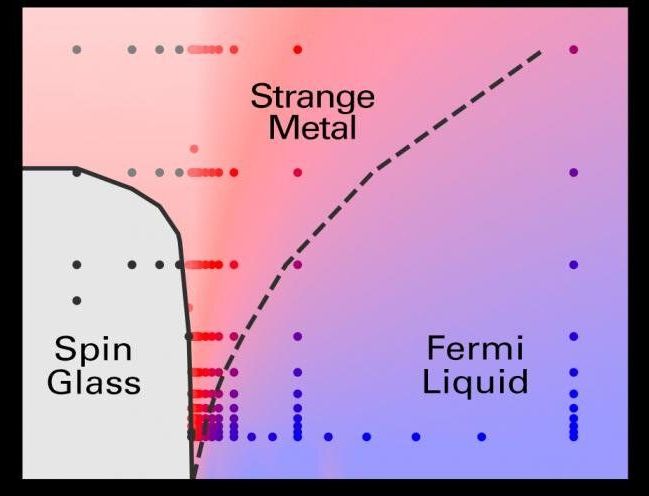Jul 23, 2020
Charging hundreds of EVs parked at a condo is a solvable problem, here’s how
Posted by Omuterema Akhahenda in categories: sustainability, transportation
Skeptics like to point out that most EV drivers live in single-family homes that make charging easy. And they point to the current lack of charging stations at condos as an impenetrable obstacle to EV adoption. But this viewpoint reflects a lack of understanding of how daily EV charging works. I recently chatted with Jason Appelbaum, chief executive of EverCharge — the biggest EV charging network you never heard of.
Several hundred electric cars, all parked in the same condo garage, can easily get their daily dose of electricity. It requires a smart load-balancing system.


















